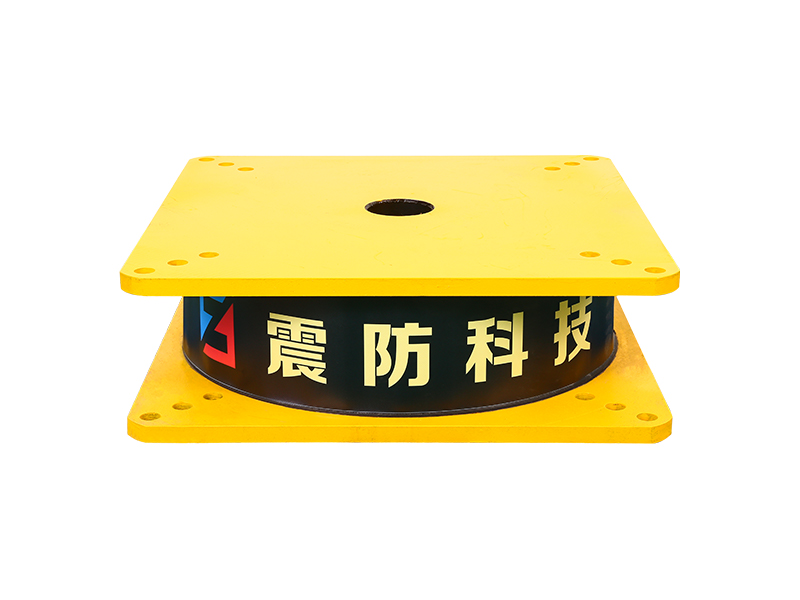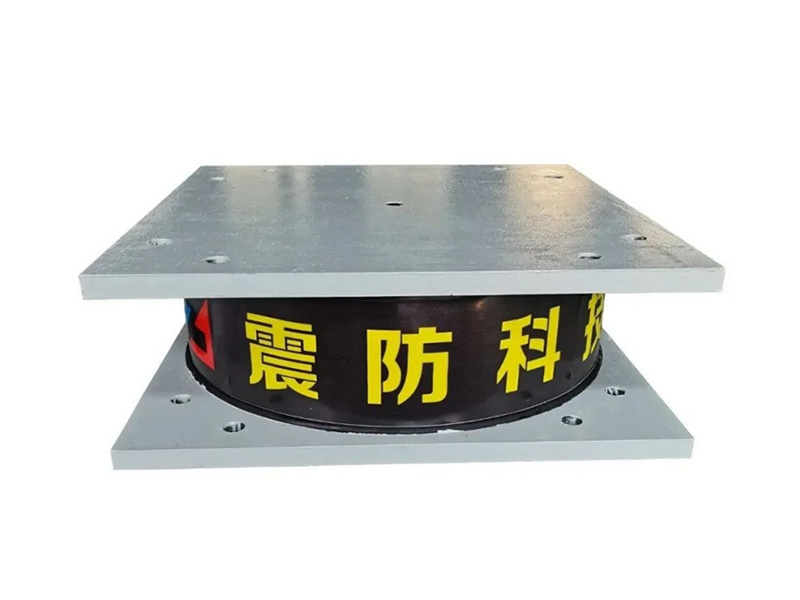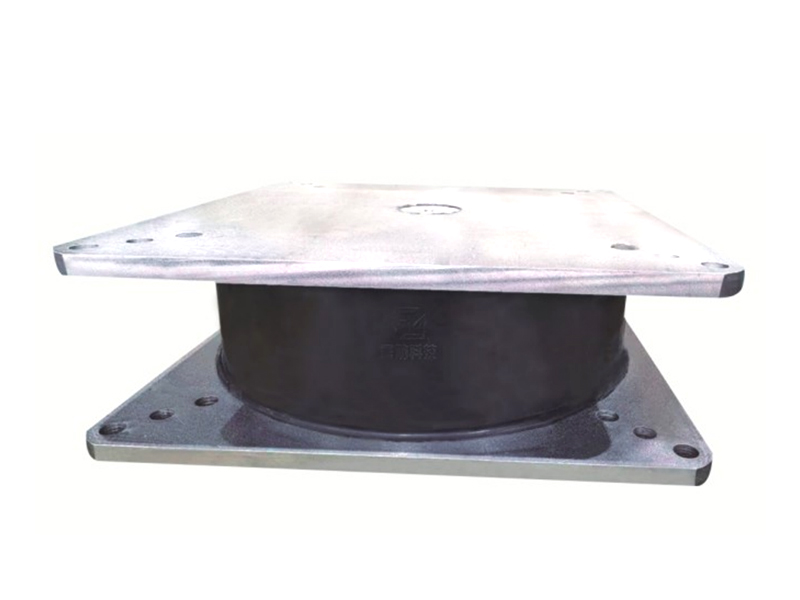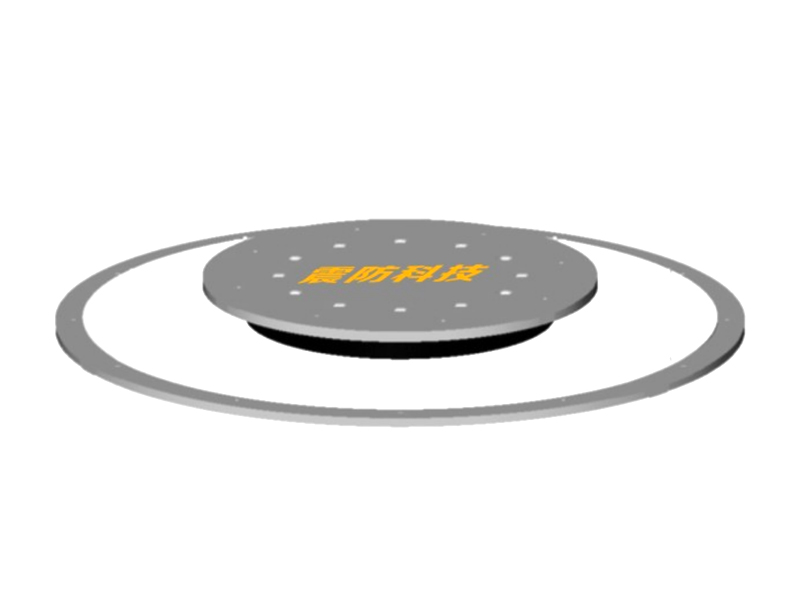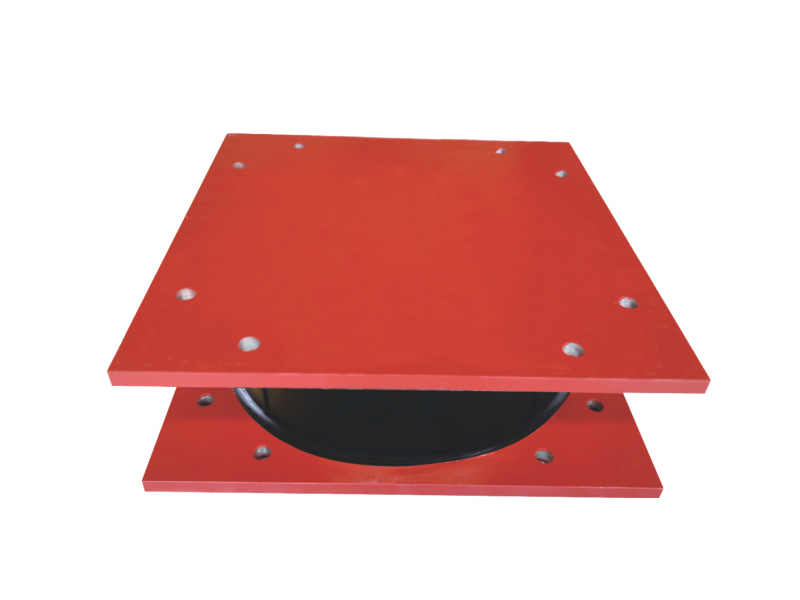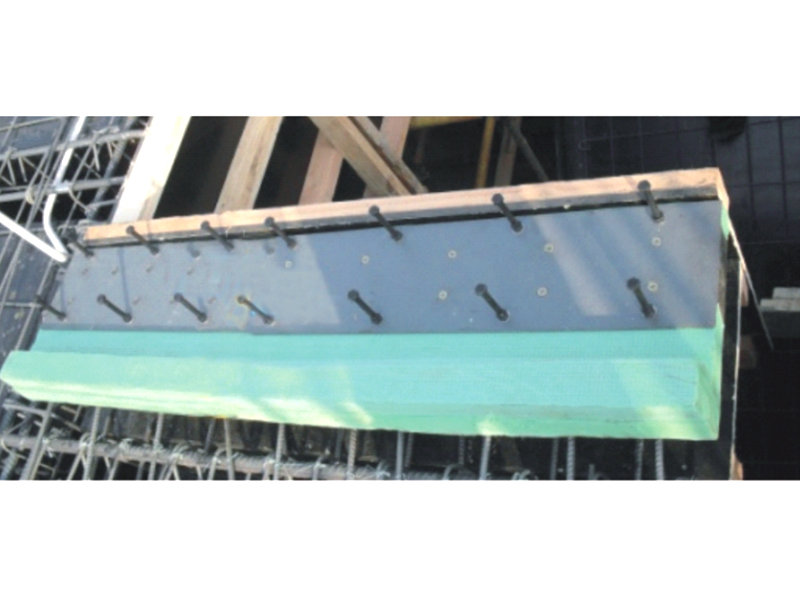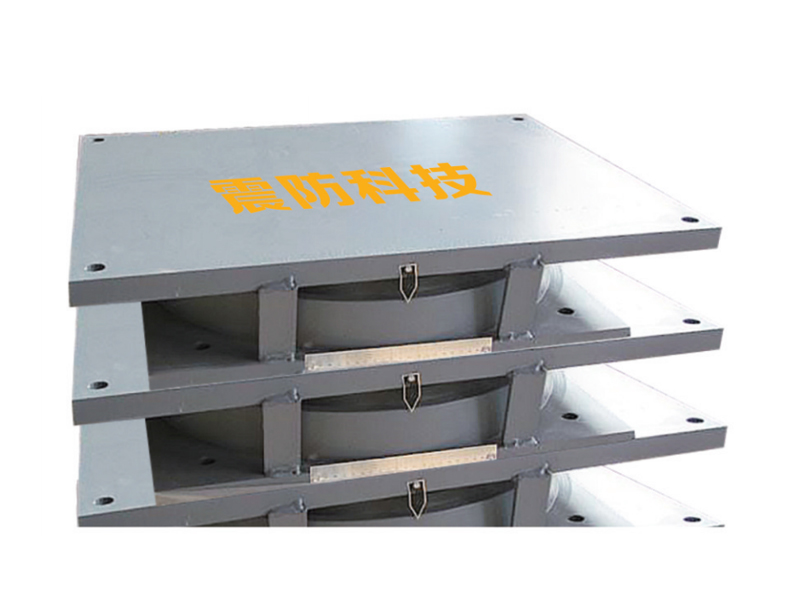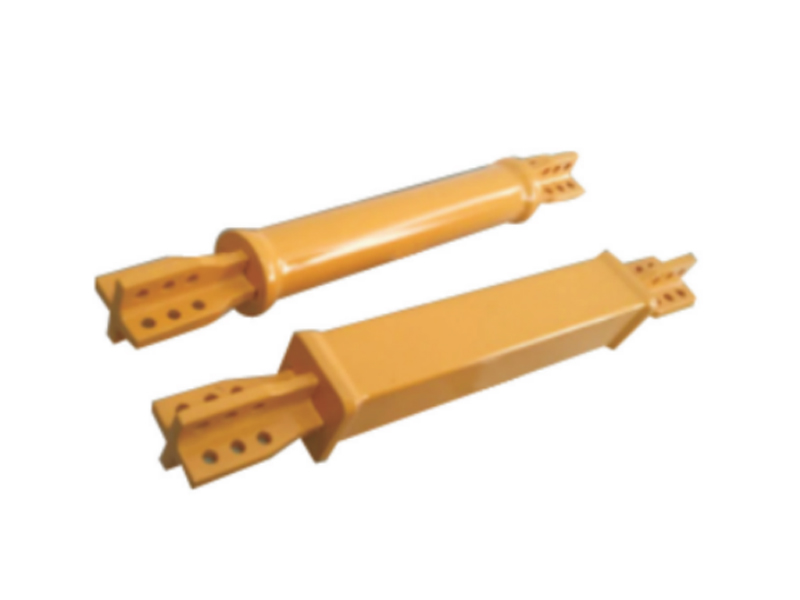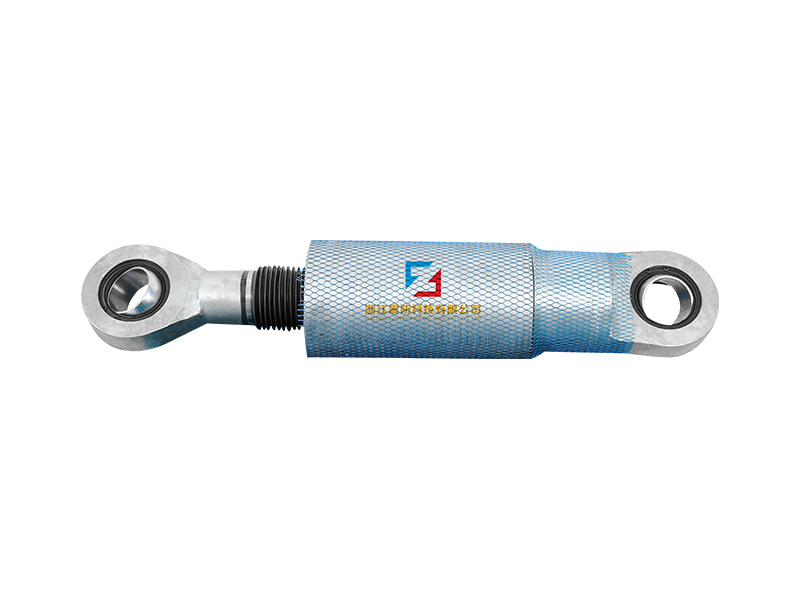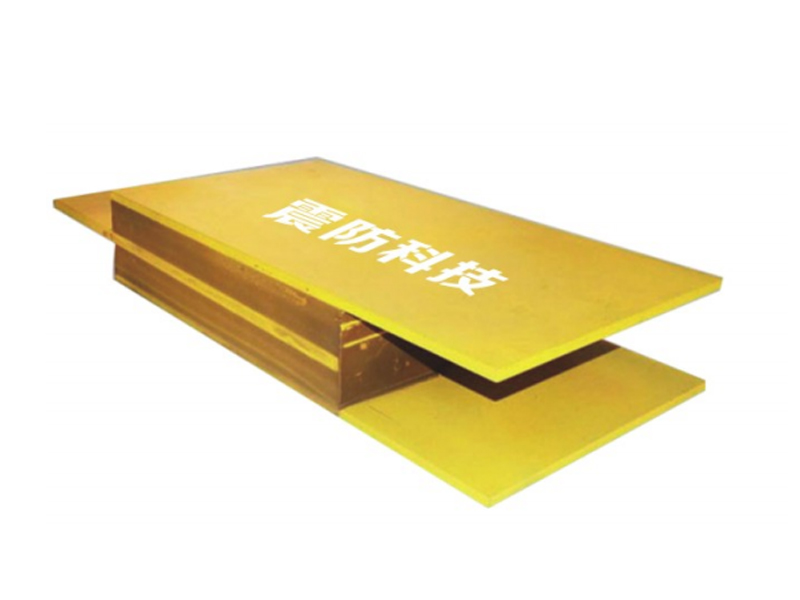The company has been adhering to the corporate tenet of "quality first, customer first", and sincerely welcomes domestic and foreign customers to visit and guide.
GET A QUOTEAs urban centers around the world continue to grow, seismic resilience in construction is becoming a top priority for engineers, architects, and city planners. One of the new technologies gaining traction in earthquake-prone regions is the use of Earthquake Friction Damper Shock Absorbers for Buildings—a good solution engineered to reduce structural damage and protect lives during seismic events.
The principle behind Earthquake Friction Damper Shock Absorbers for Buildings lies in their ability to dissipate seismic energy through controlled friction. Unlike traditional structural reinforcements that may transfer shock through the frame, these dampers absorb and convert kinetic energy into heat, reducing vibration and structural displacement. This makes them an increasingly popular choice in retrofitting older structures as well as in new high-rise developments.
According to a recent report by the Global Seismic Safety Institute (GSSI), the market for Earthquake Friction Damper Shock Absorbers for Buildings is projected to grow by over 18% annually through 2030. Demand is particularly high in countries along the Pacific Ring of Fire—such as Japan, Indonesia, and Chile—as well as parts of North America, including California and British Columbia.
“Recent earthquakes in Asia and South America have been stark reminders of the importance of seismic mitigation systems,” said Dr. Andrea Li, a structural engineering professor at Stanford University. “Earthquake Friction Damper Shock Absorbers for Buildings offer a robust, cost-effective method to improve building resilience without the need for massive overhauls.”
In a high-profile case, the city of Tokyo recently completed the retrofitting of 45 municipal buildings using Earthquake Friction Damper Shock Absorbers for Buildings. Officials stated that the system performed beyond expectations in a recent magnitude 6.4 earthquake, limiting structural sway and reducing repair costs by over 40% compared to traditional brace systems.
What sets Earthquake Friction Damper Shock Absorbers for Buildings apart is their adaptability. The dampers can be integrated into a wide variety of architectural designs without compromising the building’s aesthetic or functionality. These systems are particularly beneficial for hospitals, schools, and emergency response centers, where operational continuity after a quake is critical.
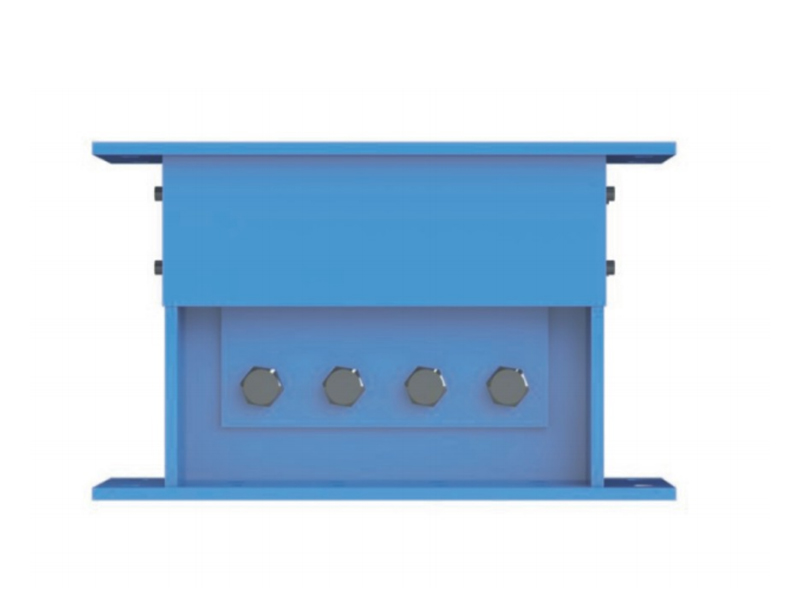
Manufacturers are also innovating rapidly in the sector. Major engineering firms such as QuakeGuard Technologies and Seismanyruct Inc. have unveiled next-generation Earthquake Friction Damper Shock Absorbers for Buildings with real-time adjustment capabilities. These smart dampers use sensor feedback to adapt frictional resistance based on seismic intensity, optimizing performance dynamically during an earthquake.
However, as with any new technology, challenges remain. Installation costs for Earthquake Friction Damper Shock Absorbers for Buildings can be higher than conventional methods, especially in retrofit applications. Still, many industry experts argue that the upfront expense is outweighed by long-term benefits in safety and reduced maintenance.
“Cities that invest in Earthquake Friction Damper Shock Absorbers for Buildings are taking a proactive approach to disaster mitigation,” said Luis Araya, chief seismic officer at Chile’s Ministry of Infrastructure. “The cost of inaction is far greater, as we've seen time and again after major seismic disasters.”
Beyond performance, the environmental impact of Earthquake Friction Damper Shock Absorbers for Buildings is also favorable. Since they do not rely on hydraulic fluids or pressurized systems, these dampers have a significantly lower carbon footprint compared to viscous or magneto-rheological alternatives.
Insurance companies are taking note as well. Some providers now offer good discounts to buildings equipped with Earthquake Friction Damper Shock Absorbers for Buildings, acknowledging their effectiveness in mitigating quake-related claims.
Looking ahead, the technology behind Earthquake Friction Damper Shock Absorbers for Buildings is poised for further advancement. Research is underway to develop composite materials with enhanced durability and fire resistance, as well as AI-integrated monitoring systems that provide structural diagnostics post-quake.
